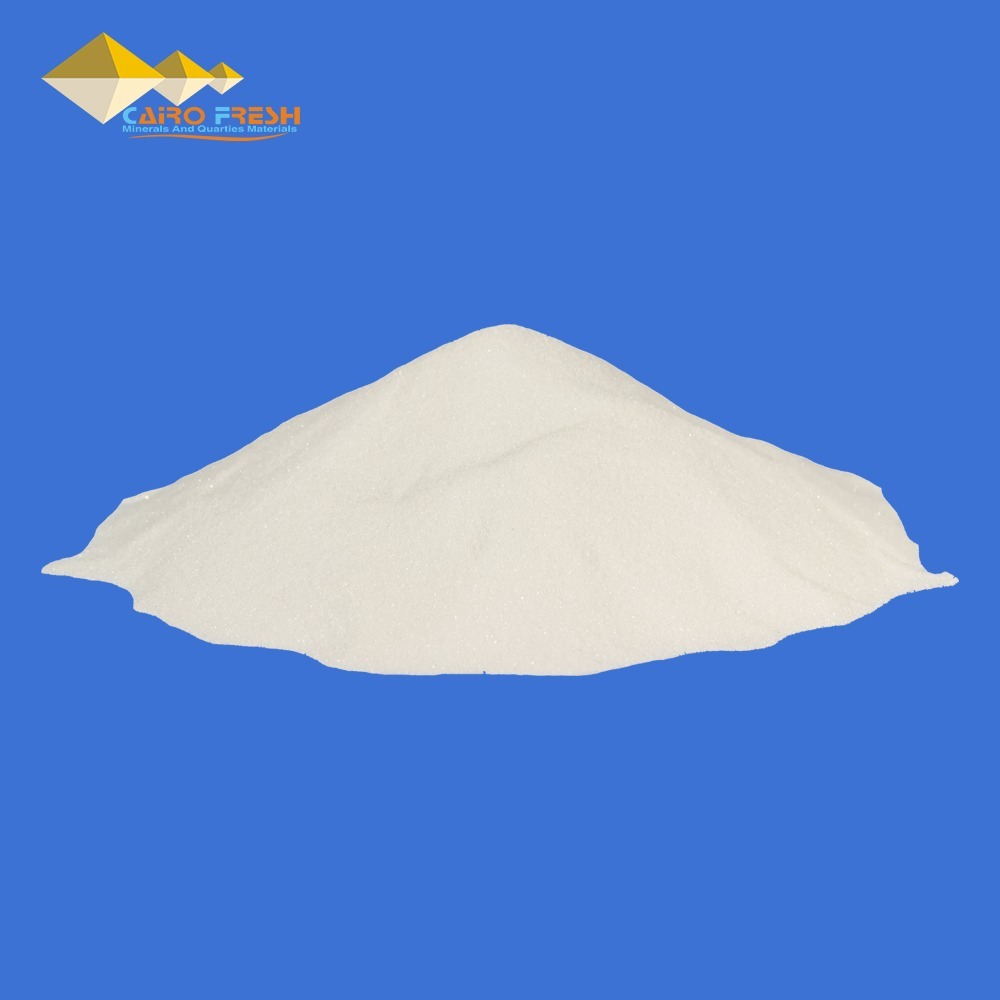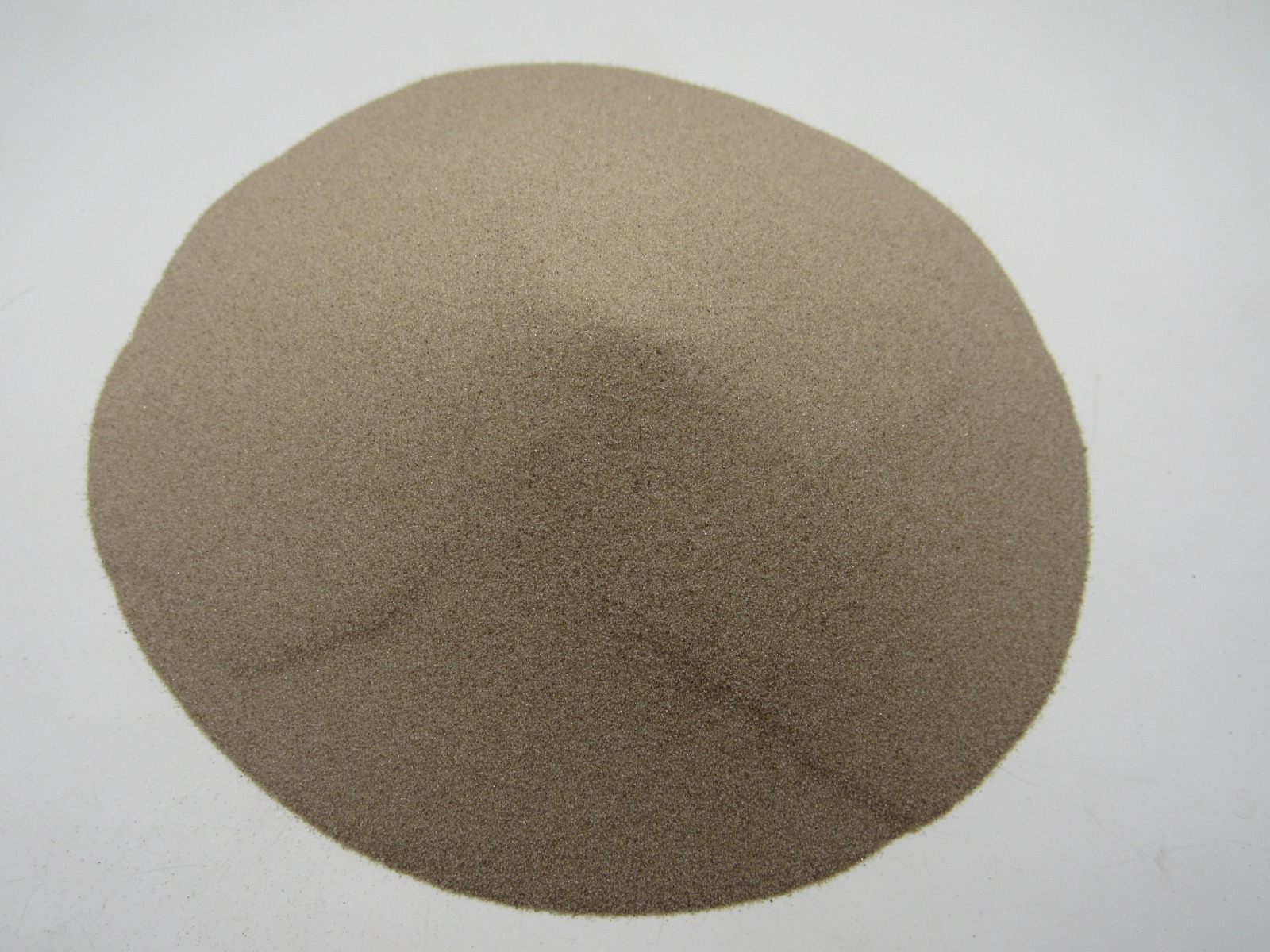Applications and Understanding the Composition of Silica Sand
Silica sand, a mineral of immense importance, often goes unnoticed in our daily lives, yet its applications span across diverse industries, from construction to electronics. In this 1000-word article, we will delve into the composition of silica sand, its unique properties, and its wide-ranging applications, shedding light on why this unassuming material is so integral to modern industry.
Composition of Silica Sand
Silica sand, primarily composed of silicon dioxide (SiO2), is derived from quartz, a common mineral found in the Earth’s crust. It’s typically made up of 95-99% SiO2, with trace impurities like iron, aluminum, and other elements. Furthermore, the purity and structure of silica sand are critical factors in determining its suitability for various applications.
Quartz Structure
The crystalline structure of silica sand is what sets it apart. It consists of silicon (Si) atoms bonded to oxygen (O) atoms in a three-dimensional lattice. As a result, this structure provides silica sand with exceptional hardness and stability, making it a preferred choice in many industries.
Glass Manufacturing
Perhaps the most well-known application of silica sand is in the glass industry. Additionally, its high purity and uniform particle size are essential for producing clear, high-quality glass. Whether it’s for windows, bottles, or precision optics, silica sand’s composition ensures transparency and strength in the final product.
Construction Industry
In construction, silica sand plays a crucial role in creating durable concrete and mortar. Consequently, its composition enhances the strength and durability of these materials, contributing to the longevity of structures like buildings, bridges, and roads. Similarly, the high melting point of silica sand also makes it an ideal ingredient for fire-resistant materials used in construction.
Foundry and Casting
Silica sand is indispensable in the foundry and casting industry. Likewise, its ability to withstand high temperatures without deforming or breaking is vital for creating molds and cores used in metal casting. The molds formed from silica sand enable the production of intricate metal components for various applications.
Oil and Gas Industry
In the oil and gas industry, silica sand is used in hydraulic fracturing (fracking). In turn, it serves as a proppant, helping to hold open fractures in rock formations to extract oil and natural gas. Correspondingly, the composition of silica sand ensures that it can withstand the high pressures and temperatures encountered during this process.
Water Filtration
The high purity of silica sand makes it an ideal choice for water filtration systems. Hence, it effectively removes impurities, suspended solids, and contaminants from water, ensuring the provision of safe and clean drinking water. Silica sand filters are used in municipal water treatment plants, swimming pools, and industrial processes.
Electronics and Semiconductors
The electronics industry heavily relies on silica sand for silicon wafer production. Thus, silicon wafers serve as the foundation for electronic components such as microchips and integrated circuits. Analogously, the purity and consistency of silica sand are critical to ensure the reliability and performance of these essential components.
Friction Products
Silica sand’s composition and abrasive properties make it valuable in friction products like brake pads and linings. Therefore, its presence enhances the friction coefficient, improving the stopping power of vehicles and machinery. This is particularly vital for ensuring safety in automotive and industrial applications.
Sports and Recreation
Silica sand finds applications in various sports and recreational surfaces. For example, its use is prevalent in golf course bunkers, beach volleyball courts, and playgrounds. Similarly, the granular nature of silica sand provides excellent drainage and impact absorption, making it an ideal choice for such applications.
Conclusion: A Multifaceted Mineral
In conclusion, with its unique composition and properties, silica sand is a multifaceted mineral that underpins a wide array of industries. From the clarity of glass to the strength of concrete, from the precision of electronics to the safety of brake systems, silica sand silently but significantly influences our daily lives.
As industries continue to advance and innovate, the demand for high-quality silica sand remains unwavering. Its composition is a testament to the wonders of nature and the critical role minerals play in shaping the modern world. Understanding the composition of silica sand is key to appreciating its versatility and its indispensable role in advancing industrial processes and technology.
For more information don’t hesitate to contact us.





